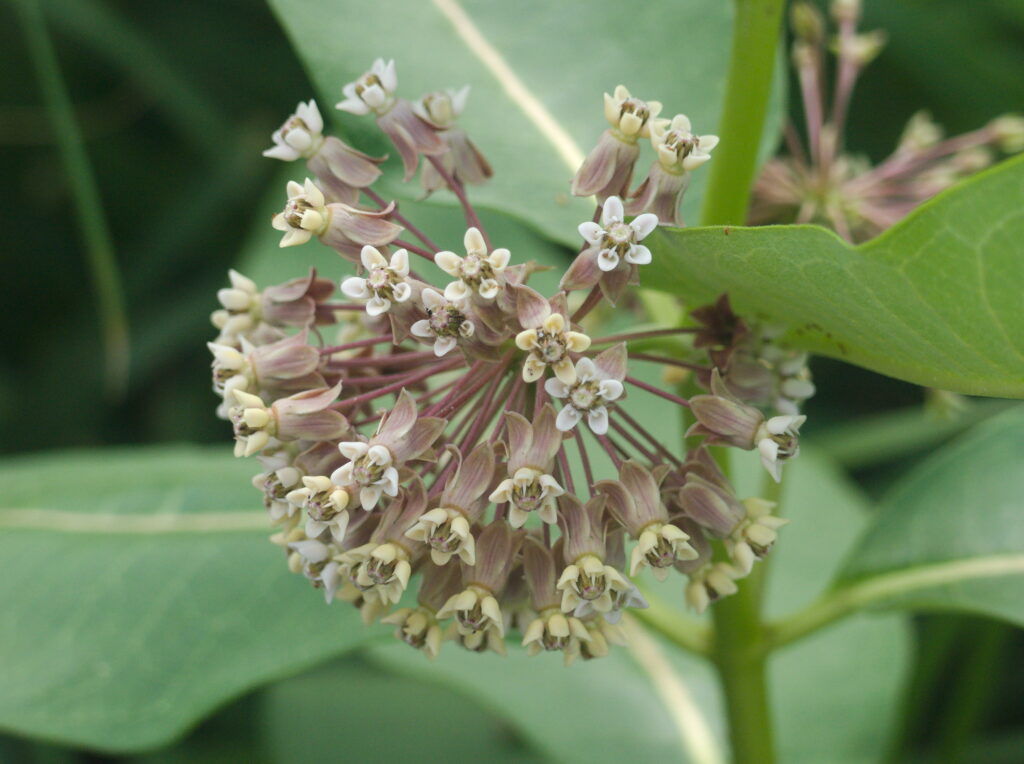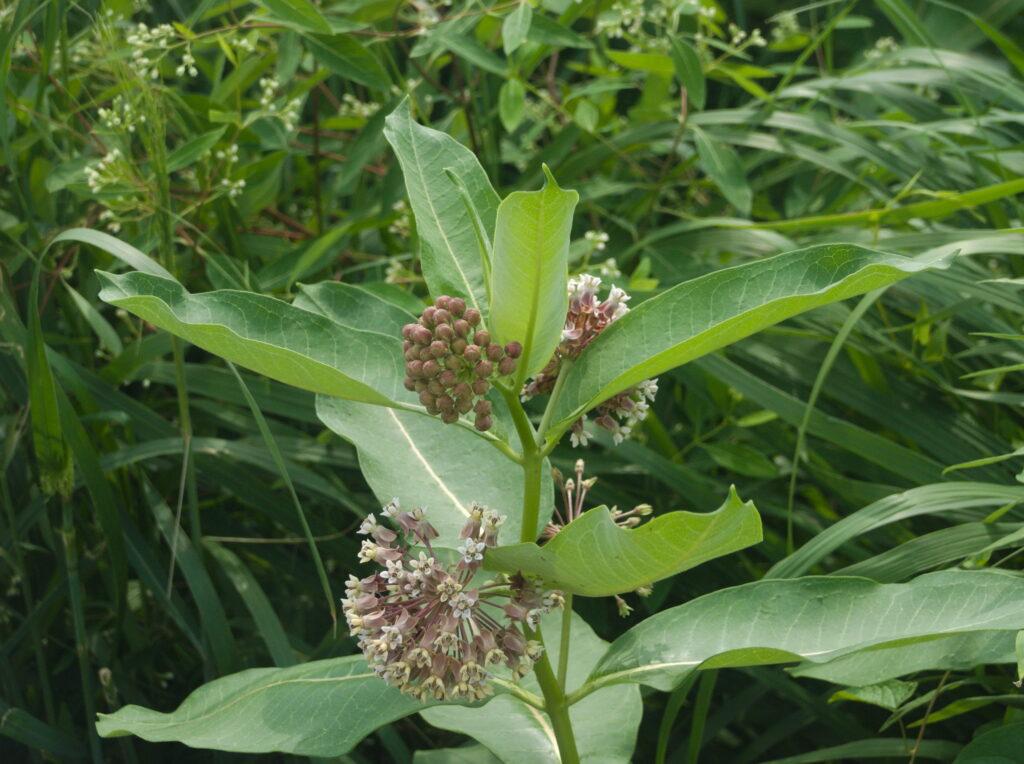
Seeds of Butterfly Weed (Asclepias tuberosa) clinging to a split pod.
Comments

Seeds of Butterfly Weed (Asclepias tuberosa) clinging to a split pod.

One of our few really orange flowers (Daylilies and Touch-Me-Nots are other members of that exclusive club), Butterfly Weed likes an open field, where it attracts legions of insects of all sorts—butterflies, of course, but also bees and ants. These plants were among hundreds blooming in wildflower meadows in South Park.



For a description of the species, see the Asclepias tuberosa reference page.


The balls of buff-colored flowers have a strong, sweet scent that attracts all kinds of insects. These plants were growing beside a parking lot in Carnegie.

For a description of the species, see the Asclepias syriaca reference page.

An exceptionally beautiful milkweed that likes damp areas, but easily adapts to drier conditions; these were blooming in an open field in Schenley Park.

For a description of the species, see the Asclepias incarnata reference page.

A fine mound of Butterfly Weed growing along the Montour Trail in Moon Township.

For a description of the species, see the Asclepias tuberosa reference page.
